The Automotive Glass Film Market is currently characterized by a dynamic competitive landscape, driven by a confluence of technological advancements and evolving consumer preferences. Key players such as 3M (US), Saint-Gobain (FR), and Eastman Chemical Company (US) are at the forefront, each adopting distinct strategies to enhance their market positioning. 3M (US) emphasizes innovation in product development, particularly in enhancing the performance characteristics of their films, while Saint-Gobain (FR) focuses on sustainability, integrating eco-friendly materials into their offerings. Eastman Chemical Company (US) appears to be leveraging strategic partnerships to expand its market reach, particularly in emerging economies, thereby shaping a competitive environment that is increasingly collaborative and innovation-driven.
In terms of business tactics, companies are localizing manufacturing to reduce lead times and optimize supply chains, which is particularly crucial in a market that is moderately fragmented. This localization strategy not only enhances operational efficiency but also allows companies to respond more swiftly to regional market demands. The competitive structure of the Automotive Glass Film Market indicates a blend of concentrated and fragmented elements, with major players exerting significant influence while also facing competition from smaller, niche manufacturers.
In August 2025, 3M (US) announced the launch of a new line of automotive window films designed to improve energy efficiency in vehicles. This strategic move is significant as it aligns with the growing consumer demand for sustainable automotive solutions, potentially positioning 3M as a leader in eco-friendly automotive products. The introduction of these films could enhance the company's market share and reinforce its commitment to innovation in sustainability.
In September 2025, Saint-Gobain (FR) unveiled a partnership with a leading automotive manufacturer to develop advanced glazing solutions that incorporate their latest glass film technologies. This collaboration is indicative of a broader trend towards strategic alliances in the industry, as it allows Saint-Gobain to leverage the automotive manufacturer’s distribution channels while enhancing its product offerings. Such partnerships are likely to foster innovation and accelerate the adoption of advanced glass films in the automotive sector.
In October 2025, Eastman Chemical Company (US) expanded its production capabilities in Asia, focusing on the development of high-performance automotive films. This expansion is crucial as it not only increases Eastman’s production capacity but also positions the company to better serve the rapidly growing Asian automotive market. The strategic importance of this move lies in its potential to enhance supply chain reliability and responsiveness to local market needs, thereby strengthening Eastman’s competitive edge.
As of October 2025, the Automotive Glass Film Market is witnessing trends that emphasize digitalization, sustainability, and the integration of artificial intelligence in product development and customer engagement. Strategic alliances are increasingly shaping the competitive landscape, enabling companies to pool resources and expertise. Looking ahead, competitive differentiation is likely to evolve from traditional price-based competition towards a focus on innovation, technological advancements, and supply chain reliability, suggesting a transformative shift in how companies position themselves in the market.


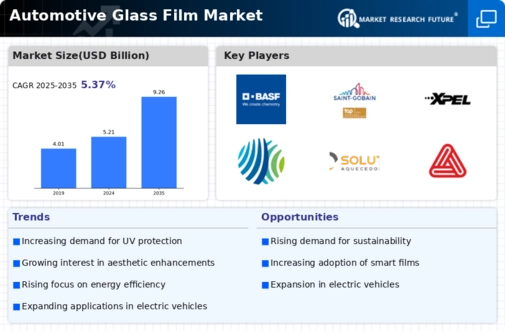
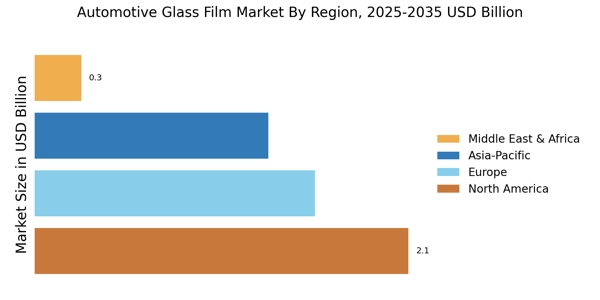


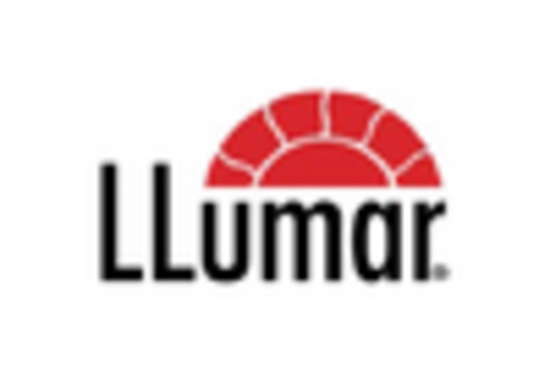
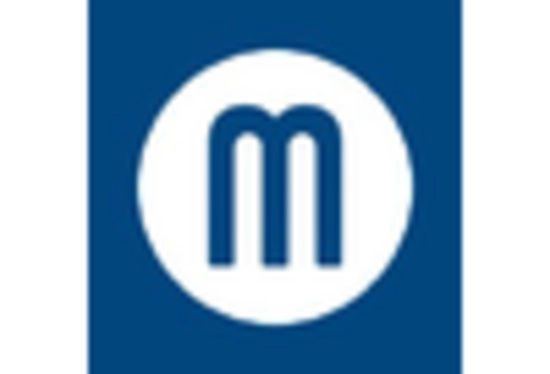

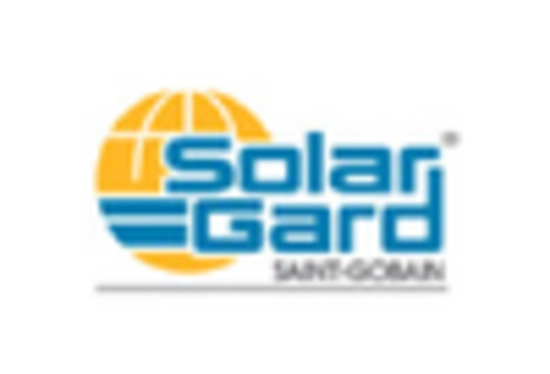








Leave a Comment